In a simpler time, a single pair of joggers was adequate for all activities: walking, biking, running, gardening — you name it, and the shoe fit. Now, it seems more like the other way around: the workout must fit the shoe. These days, shoe shopping can be overwhelming for first-timer buyers, but don’t worry: we’re here to help.
Illustration by Tina Mailhot-Roberge. Images by emomijland, Dawn – Pink Chick, RichardBH, S.Wplunkett, Poi Photography, adrian valenzuela, iamNigelMorris, Glory Cycles, Hans Fransen, cogdogblog, and Mr Moss.
Shoes can be highly specialised, such as those made specifically for cycling, running, lifting, or even sports in which you’ll be cutting laterally like tennis. Then, it gets even more granular: if you’re running, will you be on the trail or on the road? How many kilometres do you plan on running per week? And more importantly, how cool do you want to look in your shoes? (OK, maybe not the last one.)
Here are the most common types of workout shoes you’ll see, and when they’re actually useful.
For Running
Most running shoes are designed with some sort of motion control, stability, and shock absorption technology. In some shoes, you’ll find extra stiffness or cushion around the arch intended to reduce pronation, or the foot’s inward roll from landing; as well as a more cushioned, higher heel to supposedly reduce trauma from the repetitive footfalls of running. Other shoes will have a low heel drop, a fancy term to describe how much higher the heel is than the forefoot. Essentially, the lower the heel drop, the more you are encouraged to land on your forefoot. These features are extra bells and whistles; the real test comes when you head out on the road yourself.
Speaking of which, you’ll enjoy running a heck of a lot more if you have the right fit, because improperly sized shoes can cause some painful, not-so-attractive stuff like blisters, bruised toenails, and bunions. Most of these problems arise from the shoes being too small, narrow, or simply ill-fitting for the individual’s foot. If you can’t play footsies in your shoe, then it might be too small.
Road Running Shoes
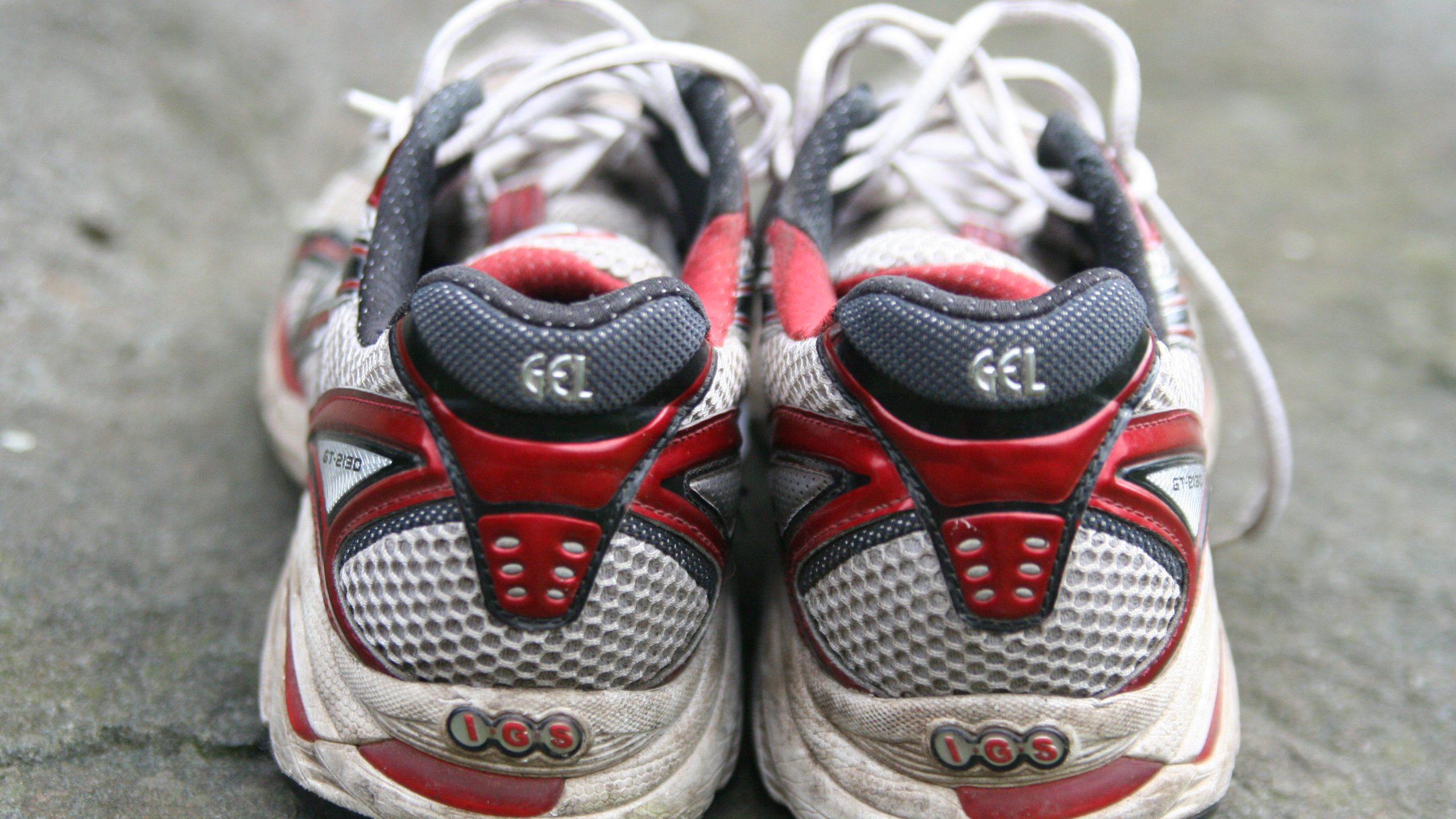
Good for: Most running shoes are “road running” shoes. Despite their name, they’re great for anyone who wants to run (mainly forward) on any surface.
Pros: Shoe companies have developed fancy features and models to accommodate runners of all types, and there’s a ton of debate over which type of shoe fits which type of runner. In general, you can base your decision on your running distance (lightweight shoes are beneficial in endurance events, for example) and comfort during a run (which is not the same as comfort in the store).
Cons: Running shoes would be bad for any sort of lateral movement, such as football-like training, since it’s assumed you’ll be running mainly forward, and so the shoes don’t offer much ankle support.
Trail Running Shoes
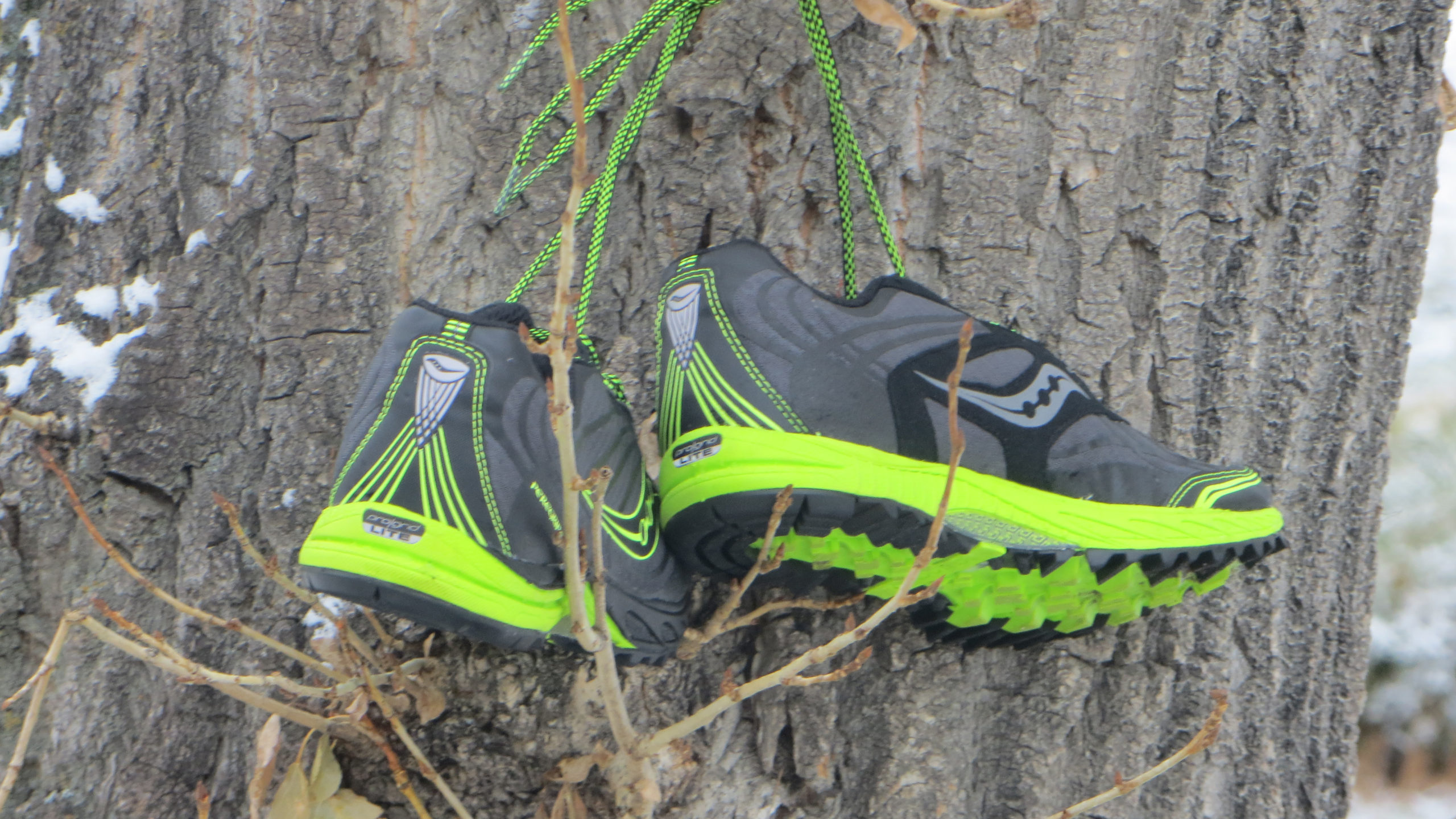
Good for: Running on very technical, rocky trails. Unless you’re planning to run some really mountainous trails, your normal running shoes will suffice.
Pros: It’s not unusual to see people using regular road running shoes on the trails, but shoes that are specifically designed for the trails have thicker soles to protect your feet from being impaled by unusually pointy rocks and jagged debris (ouch!). They also include a lower-to-the-ground feel for extra stability, a really grippy sole for traction — especially for those loose dirt, downhill segments — and in most cases, water-resistant material.
Cons: They’re generally stiffer than road shoes, and might not have as smooth of a running feel.
Cleats
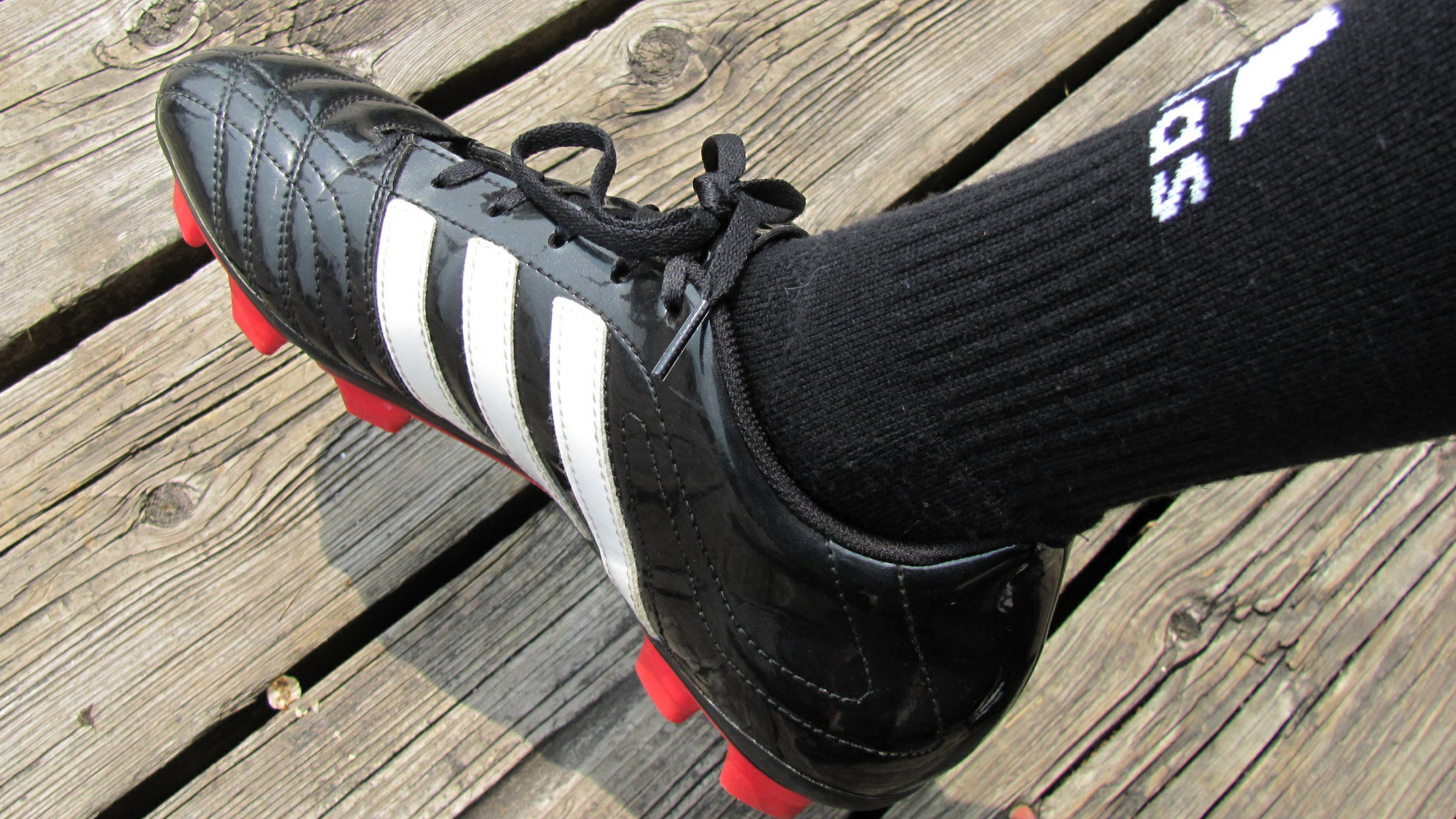
Good for: Sports like soccer, football, Ultimate frisbee, baseball, etc. If you play any of these sports regularly, we definitely recommend buying cleats.
Pros: Cleats offer major traction for spontaneous directional changes and push-off, which are crucial in sports like football and soccer. Even among cleated shoes, each sport will have different features that are designed for the sport itself. Football cleats, for example, tend to have higher tops to offer ankle stability. It’s usually best to buy cleats for your specific sport and your needs.
Cons: You can’t really do anything else in them.
Racing Flats
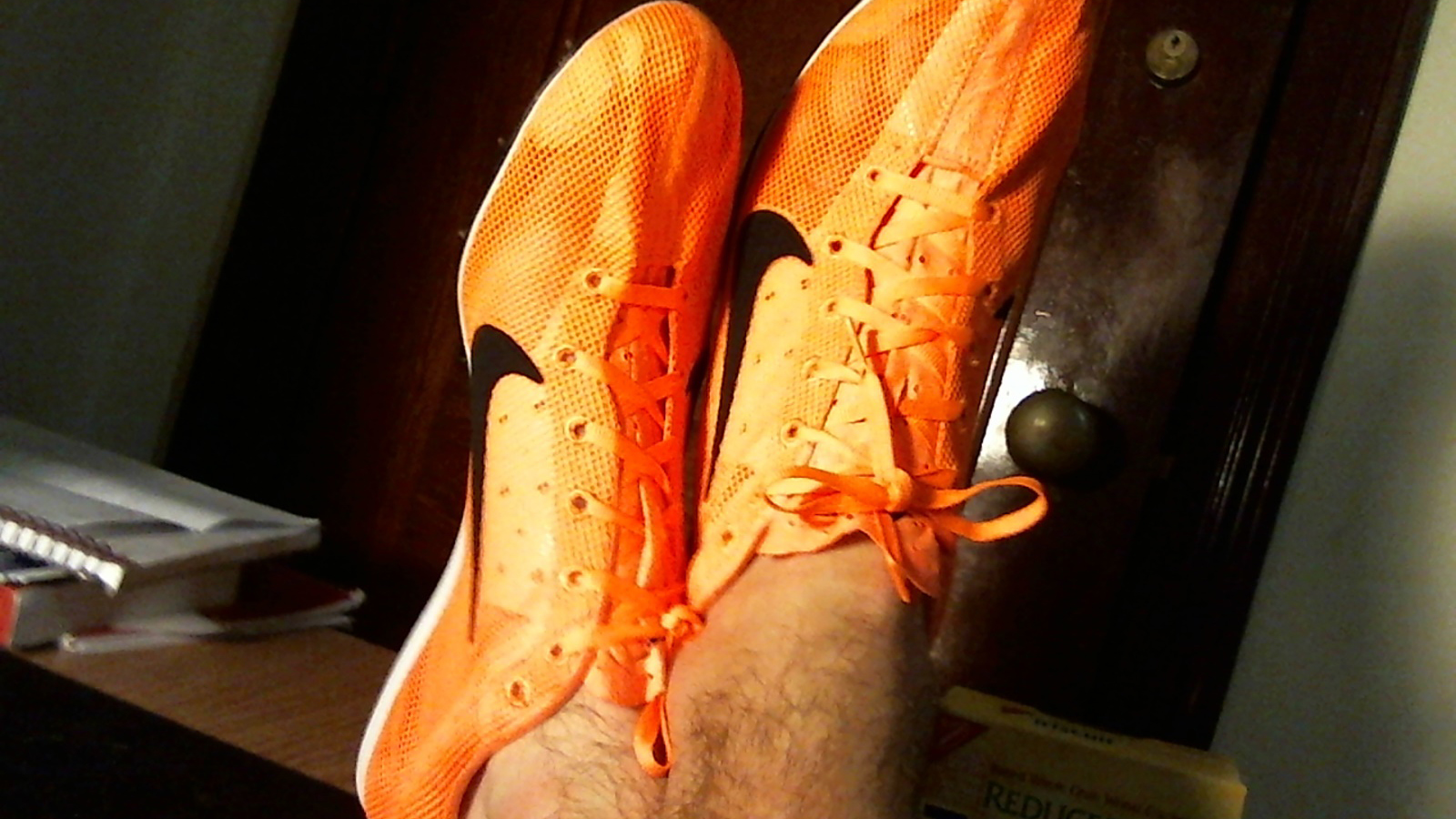
Good for: Experienced short-distance runners (5km or 10km distances usually). The recreational runner, especially longer distance runners, shouldn’t need racing flats.
Pros: Because of their streamlined design, racing flats improve the amount of time it takes for your foot to hit the ground and kick off again, which makes all the difference for elite middle-distance runners. The lightweight nature of the shoe also improves running efficiency. Think about it: each time your leg pulls up you’re lifting less weight through the whole movement, which compounds over the course of the event.
Cons: This experimental study suggests that the increased stress and trauma from short distance racing in racing flats could prolong the recovery period. If you would like to run in them but have never done so before, it’s recommended that you ease into them slowly.
Barefeet
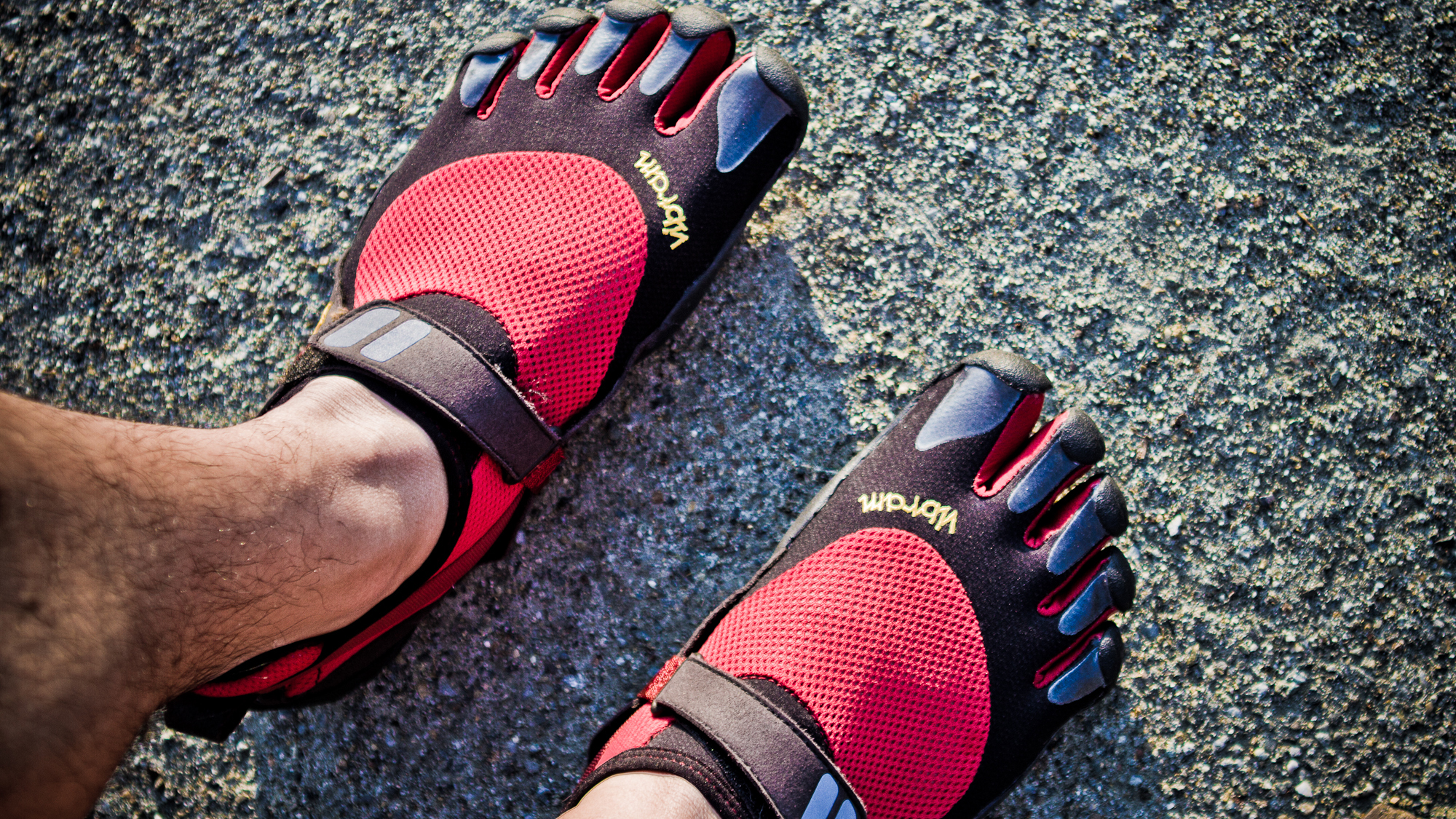
Good for: Any runner who has adapted his or her body to it. You’ll also see some folks walking around either barefoot (kind of gross) or in socks around the gym. Invest in these if you’re willing to spend the time and energy to get used to them; and keep in mind that you shouldn’t get them simply because you heard they’re better for you — the jury is still out.
Pros: Barefoot running proponents say that by sticking to your natural, unrestricted foot strike you can strengthen your feet and muscles surrounding them to minimise running-related injuries. The science is split on this, but according to physiotherapist Dr. Greg Lehman, who was assistant professor at Canadian Memorial Chiropractic College: “The body is pretty robust and capable of adapting. Go barefoot or minimal if you want to, but ease into it very slowly; just give your body a chance to slowly adapt.” The cautious scepticism applies here: what’s comfortable and works for some people may not for you.
Cons: Barefoot running can be very difficult to adapt to at first, since it’s not very pleasant to run on any surface besides soft dirt and grass. Keep mileage very low, and very gradually and slowly add more distance if you choose to go barefoot.
Minimalist Shoes
Good for: People who want to run barefoot-style but still want their feet protected from the road. Again, only run in minimalist footwear because you want to. Personally, I’m used to running in more minimalist shoes, so I prefer these myself.
Pros: Minimalist shoes are designed with barefoot running in mind. As a result, they’re very lightweight with a low heel drop (typically 0 to 8 millimetres) and still have enough cushioning to help you avoid screaming in pain from landing on pointy rocks. The sole tends to also be very flexible to give your feet the freedom to naturally move around. There are some minimalist “training” shoes that are designed to help you transition from traditional running to more barefoot running.
Cons: Minimalist shoes tend to be less durable because of the lightweight construction. Even though there is some material, you can still feel every bit of rock as you run and walk in them.
For Gym Training
If you’re mainly interested in the cardio machines or an aerobics class, most shoes will suffice in the gym. When it comes to weight lifting, it’s important to emphasise stability in your ankles and keep your feet firmly planted on the ground to allow yourself to “push off the ground” with greater force under heavier loads. For this reason, flat, stiff soles are generally the shoes to go with.
Weightlifting Shoes
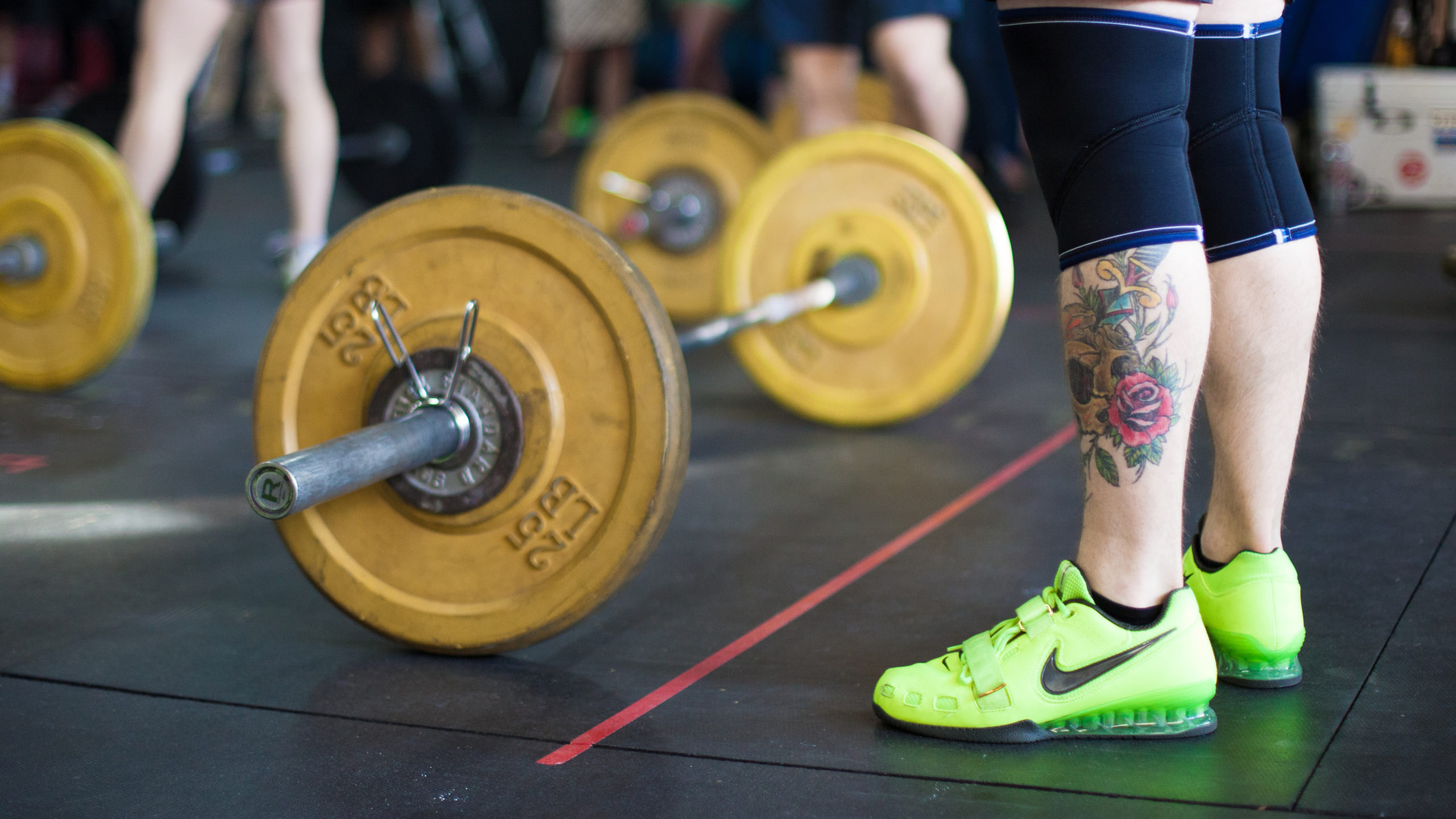
Good for: Powerlifters, Olympic lifters, CrossFitters, and people who are serious about performing better and lifting more weight in the few types of exercises these shoes are mainly good for. This is not to say that they are absolutely necessary and can indeed be excessive for most gym-goers. In most cases, other flat-soled shoes will suffice.
Pros: Weightlifting shoes have a raised heel, whose primary function is to increase your ankle’s range of motion and keep you more upright, allowing you to do things like squat deeper if you’ve got crappy ankle flexibility. They’re also far more stiff than most other shoes to keep people stable and their feet from shifting around at all under heavier loads. People mainly use them for squats, overhead presses, snatches, jerks, cleans, bench press (for powerlifters), and a few other exercises that would benefit from greater ankle mobility. Some hate them for deadlifting while others love them. It doesn’t hurt to try!
Cons: They’re not meant to be versatile for everything you do in the gym, and their stiffness prevents you from comfortably walking around too much as well.
Chuck Taylors (Or Any Flat Rubber Soled Shoes)
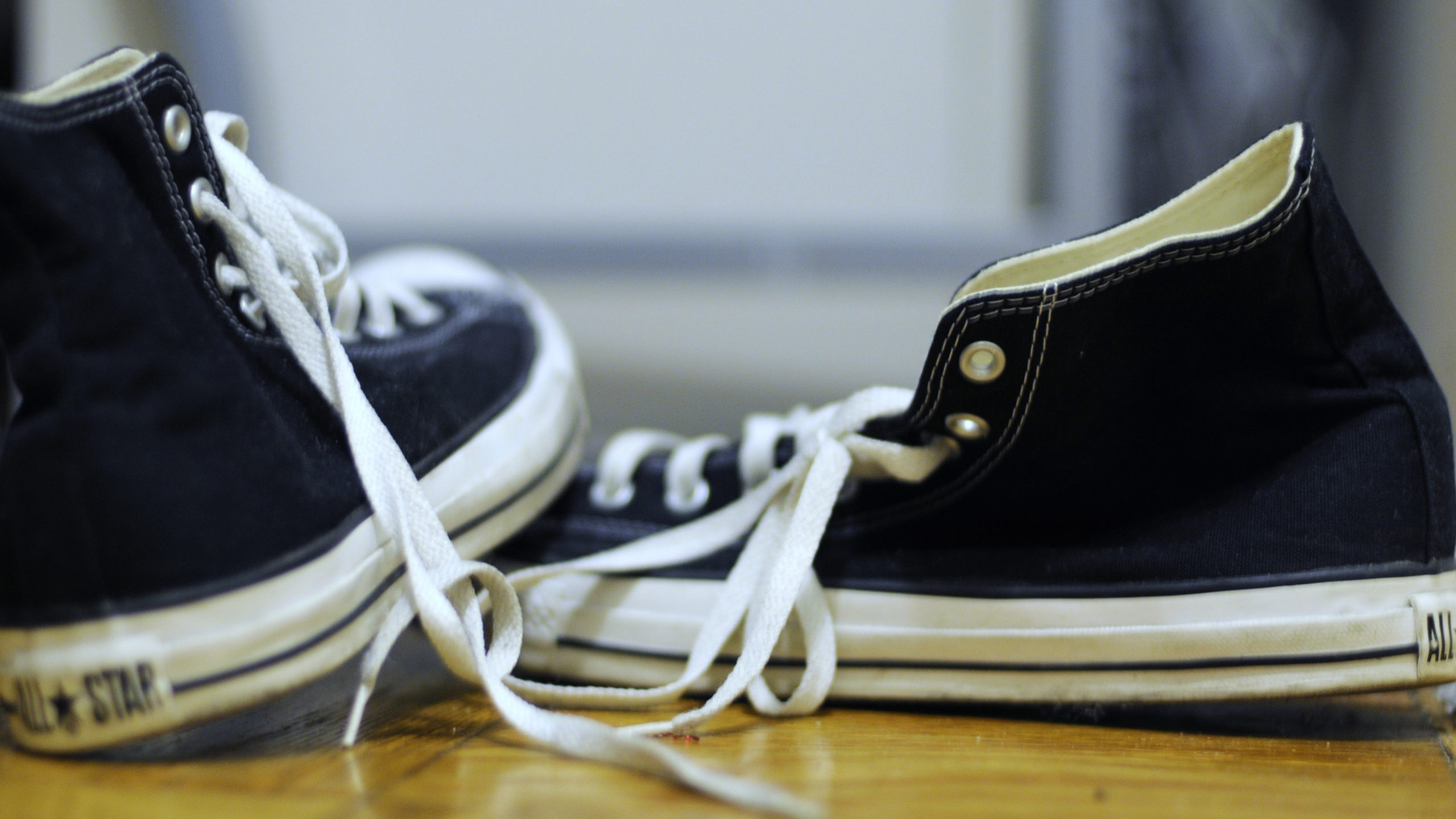
Good for: Lifting exercises like deadlifts and overhead presses. You don’t have to go out of your way to buy them specifically for the gym, but if you happen to like them for casual instances, then that’s just a bonus!
Pros: Chuck Taylors are popular choices in the gym for lifting because of the flat rubber sole. The idea is that the closer you are to the ground, the easier it is for you to exert force off the ground. It’s the same reason some folks actually take off their shoes to perform a lift in their socks (or grosser yet, barefeet). This is ideal for exercises like deadlifts, since part of being successful with the movement is the ability to “feel the ground” and drive through your heels.
Cons: They can be uncomfortable for people if their feet aren’t used to them. (I use a pair of Chucks m’self.)
Cross-Trainers
Good for: All-around activity like circuits, aerobics class, walking, and so on. Some people do activities like CrossFit in them as well.
Pros: Cross-training shoes are great for their versatility, and are probably a great option for the average gym-goer and exerciser.
Cons: They’re certainly versatile, but you probably don’t want to take them on 20-mile runs if you’re not used to running longer distances in them.
For Cycling
If you’ve gotten pretty serious with cycling, in your local spin class, or blazing through the mountains, cycling shoes are a pricey but worthwhile investment.
They are typically really stiff to offer your feet the support they need to prevent from cramping. More importantly, cycling shoes combined with clipless pedals give you control and constant contact with the pedal with every push and pull of the stroke, making for a more efficient transfer of power and energy.
Plus, you don’t have to worry about slipping off the pedals and flying off the handles, or worse, losing control of the bike.
Cycling Shoes
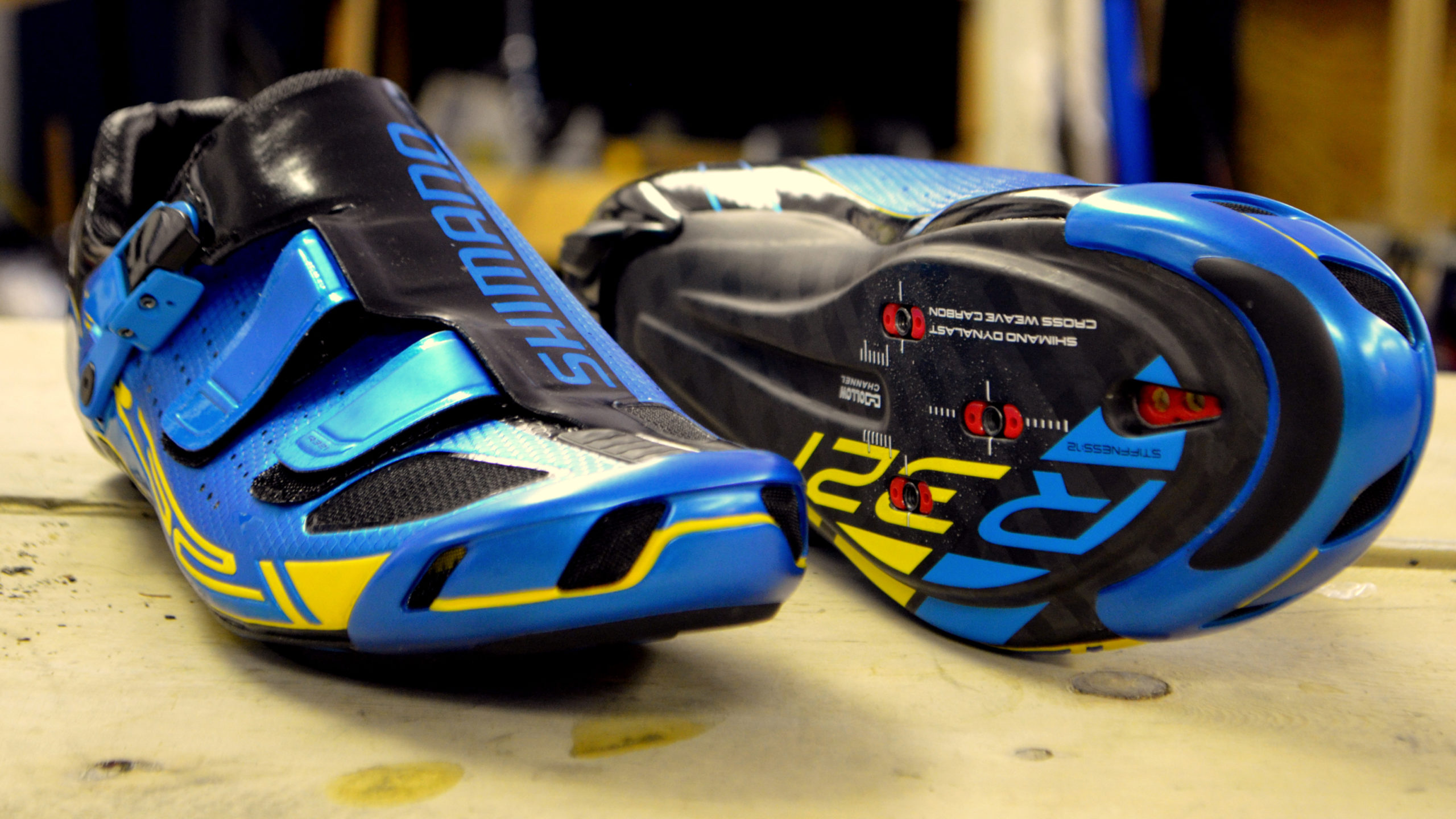
Good for: Cycling and indoor cycling. If you intend to do a lot of road cycling or spinning, they definitely make a difference in comfort, feel, and performance.
Pros: Lightweight, aerodynamic, and stiff, cycling shoes keep your feet secure. Keep in mind that cycling shoes are meant to fit a bit more snugly. The primary difference between cycling and indoor cycling (spinning) shoes are the types of cleats they use. Most spin bikes use a SPD-type 2-bolt cleat so if you do both activities it’s probably more convenient to have two pairs (unless you don’t mind swapping the cleats every time).
Cons: You look a bit goofy waddling around in your bike cleats. You don’t want to walk great distances with them, anyway, as that can wear out the cleats. For first-timers, getting used to wearing cycling shoes and clipless pedals in big, high-trafficked cities can be dangerous at first since it’s difficult to “un-clip” on a dime. And you will fall. At least once. It happens to the best of us.
Mountain Biking Shoes
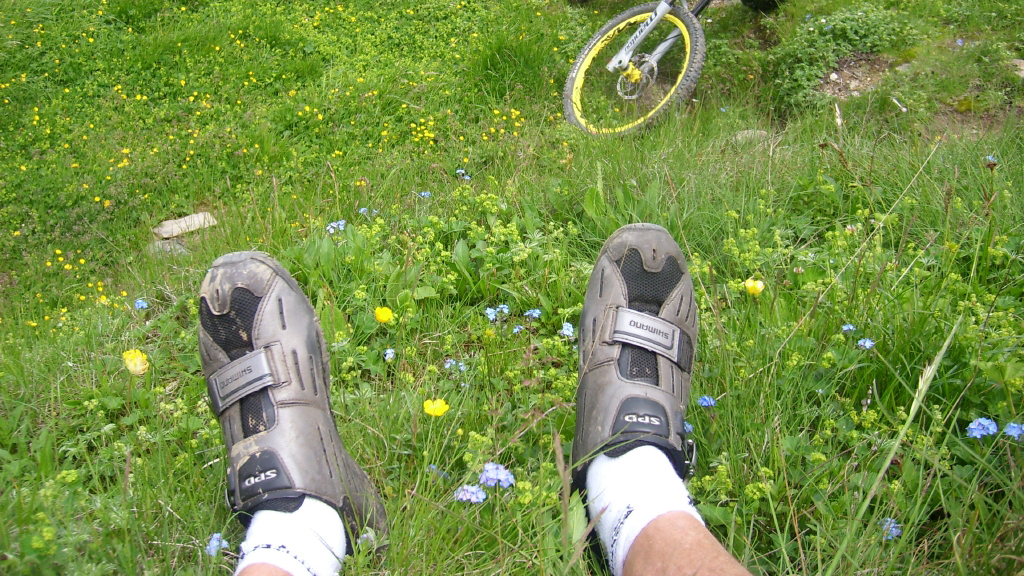
Good for: Biking on mountains. These are a great investment if you’re going to be biking a ton in the Great Outdoors.
Pros: Similar to the ruggedness of trail running shoes, mountain biking shoes feature soles for traction so that you can walk around on the trails. It’s also designed to be more easily disengaged from the pedals, just in case you need to bail or you go for a tumble.
Cons: Heavier and less aerodynamic — a good trade-off for protecting your feet against the harsh elements in the trails.
For Walking
Walking in comfort is serious business. You can take short jaunts around the block or to the grocery store, or explore the great outdoors. Since your feet will likely be in these shoes for a long time (potentially all day), comfort is your greatest concern.
Walking Shoes
Good for: Anytime you’re outside and moving your feet. You really can’t go wrong with investing in a pair of good, comfortable shoes in which to walk around all day.
Pros: Honestly, nearly everything falls under this category, save for perhaps thongs and other extreme classification of shoes. Most categories of running shoes typically serve as great walking shoes as well. Heck, even Chuck Taylors can be considered great walking shoes for many.
Cons: Too many shoes to choose from.
Hiking Shoes
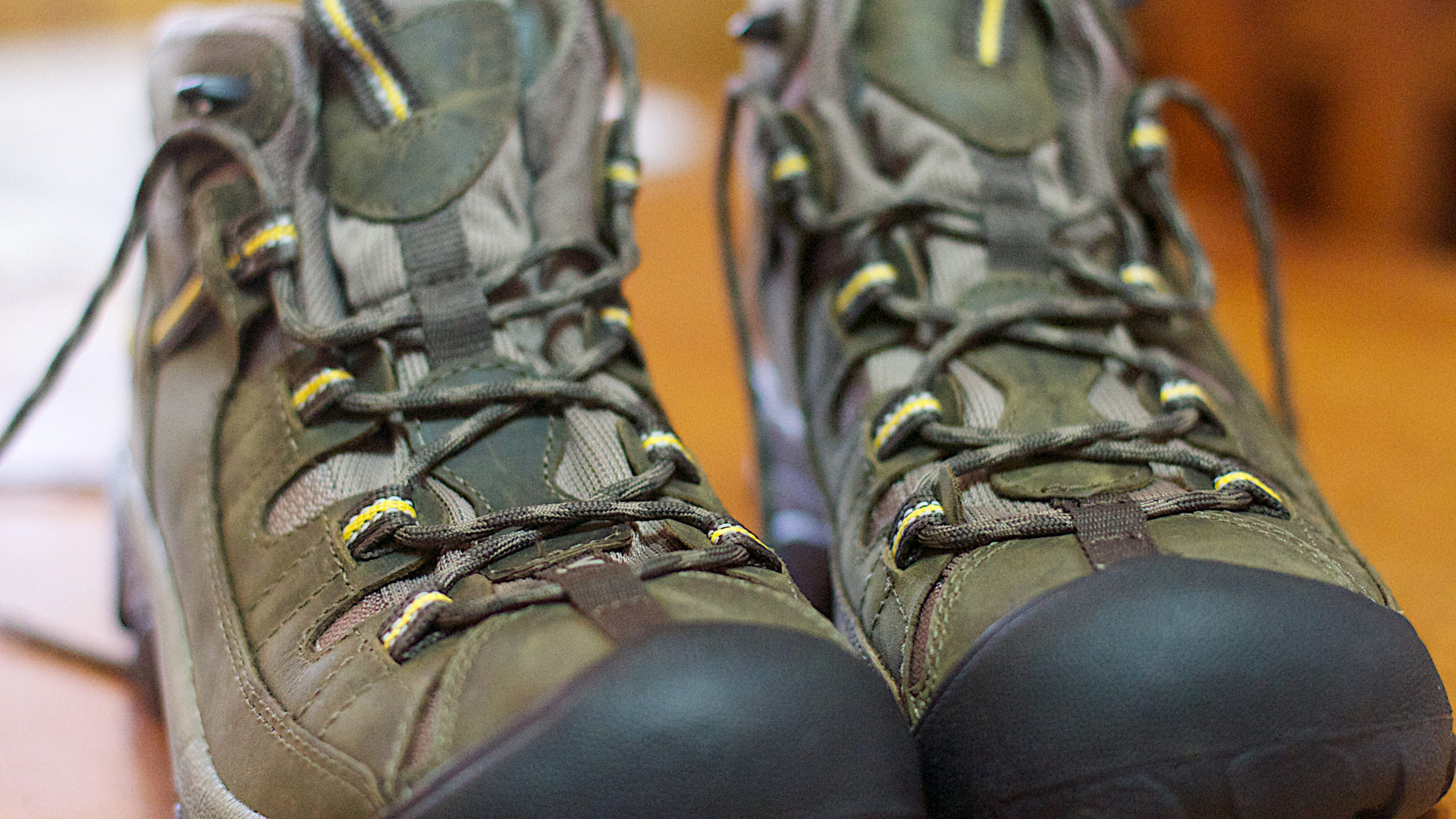
Good for: Walking in mountainous trails. If you’re comfortable in your trail running shoes, however, stick with those instead of spending extra dough on another pair of hiking shoes.
Pros: Many people use their trail running shoes for hiking as well, but some hiking shoes have the added benefit of coming with a mid- or high-cut top to promote ankle stability and support. Despite their look, they’re stable yet flexible — great for day hikes.
Cons: They’re designed for durability and ruggedness, so compared to running shoes hiking shoes are very heavy.
Backpacking Boots
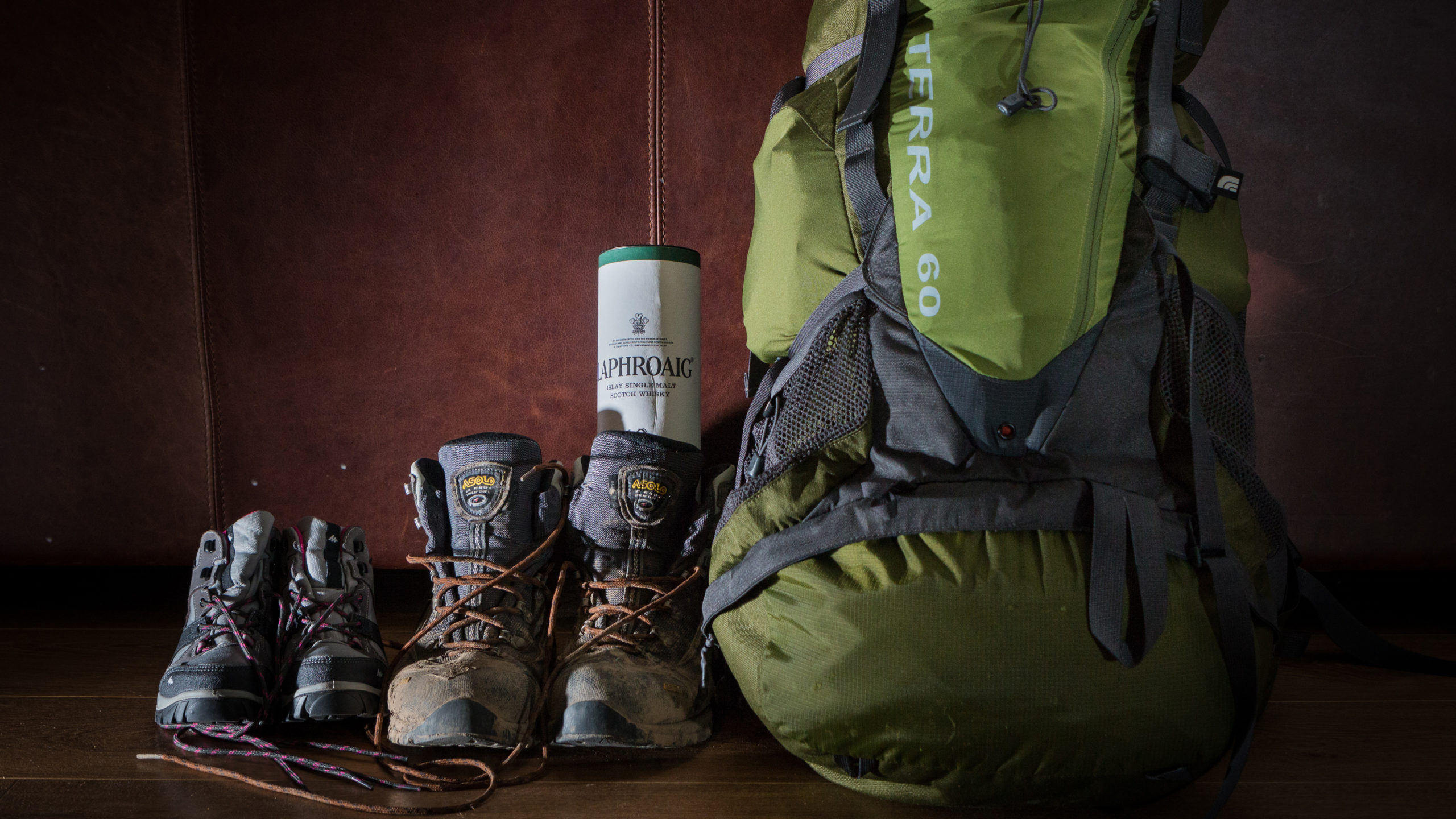
Good for: These would be a good idea if you’ve got poor ankle stability and plan on longer hiking excursions while carrying a heavy load.
Pros: Backpacking boots are weightier, have stiffer midsoles, and usually rise above the ankles for very solid ankle support. These boots can help with stability when you’re carrying loads of 10-20kg pounds on your back.
Cons: They can be super-duper heavy when compared to other hiking shoes.
How to Choose the Best Shoe For You
Obviously, there are a lot of shoes to choose from, but beyond specific categories and utility the most important factor to consider is comfort. Greg explains:
If the shoe feels comfortable, it is probably right for you. Cross-training shoes, court shoes, gym shoes, and walking shoes are all basically the same. They don’t really change how a person moves muc. They are neither extremely evil or extremely beneficial. They all protect the foot a little bit.
If you decide to go shoe shopping, here are some helpful tips to figure out what’s comfortable:
- Test out the shoe for a couple workouts: You can never predict whether a shoe will work for your activity on looks, recommendations, price, and so on alone. You need to be able to take it out for a spin: go for a run, lift, play a football game in them, or walk around in them for a day. You need to spend time doing the activity in them to ensure a comfortable fit. Be sure to ask your store about return policies; most shoe stores are pretty cool about exchanges, as long as they look new. You may realise you do not even need them!
- Never assume: Always go into the store for a fitting and never assume you are the same size across all types of shoes and brands.
- Try on shoes of the opposite sex: Shoes are generally designed for men or for women, but it doesn’t hurt to try a man’s shoe if you’re a woman, or vice versa. You never know, it might fit your feet better!
- Try shoes on later in the day: As you stand on your feet throughout the day, your feet get more flattened and swollen. This would be the best time to try shoes on.
- For running shoes, go bigger: It’s said that your feet will expand by half an inch in length from running, which is why most people recommend going up at least half a size to a full size larger than normal. Your feet are widest at the toes, so they should have plenty of room to wiggle around. If they’re jammed up against the front or sides, then the shoe doesn’t fit.
- Wear socks: Whether they’re thick or thin socks, be sure to wear the socks you intend to wear with the shoes.
In the end, don’t sweat the small details.
Clearly, there’s a lot to think about, but more often than not, shoe selection is more complicated than it should be. Only in a few circumstances do specialised shoes improve your enjoyment of the activity (i.e. cycling long-distances) or actually confer noticeable advantages (i.e. weightlifting and cycling shoes). Just remember that 90% of shoe selection is really based on preference, and the last thing you want to do is invest upwards of $200 on a pair of shoes that you don’t necessarily need.
Moreover, Greg notes, “General categories of shoes are fine for basing your decisions, but just don’t force yourself into wearing something that is uncomfortable because you have been told you should.”
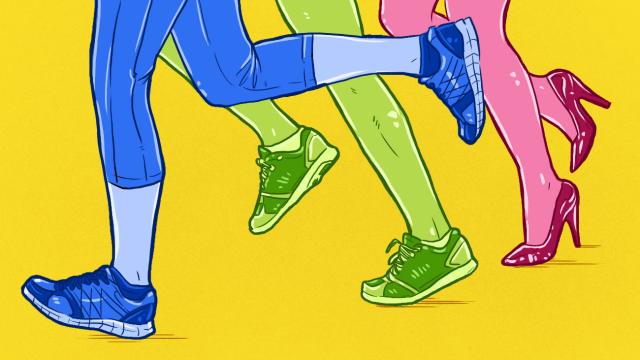
Comments